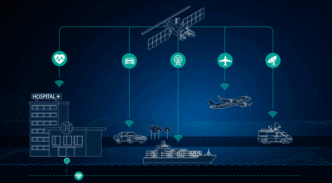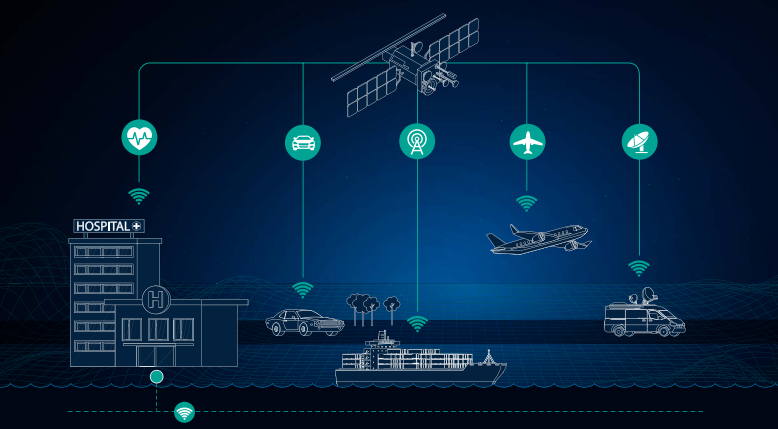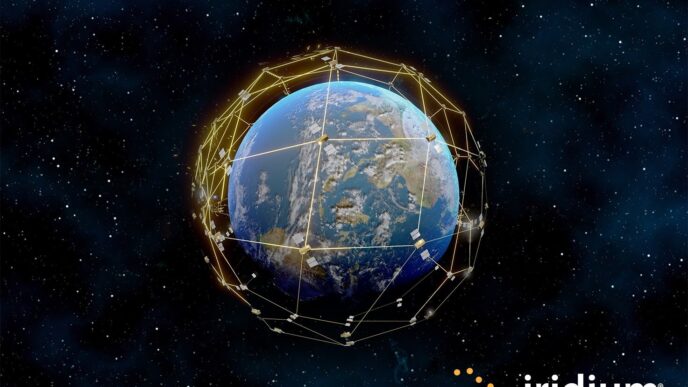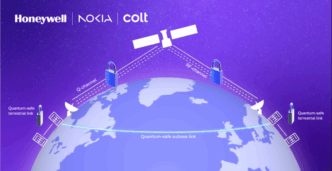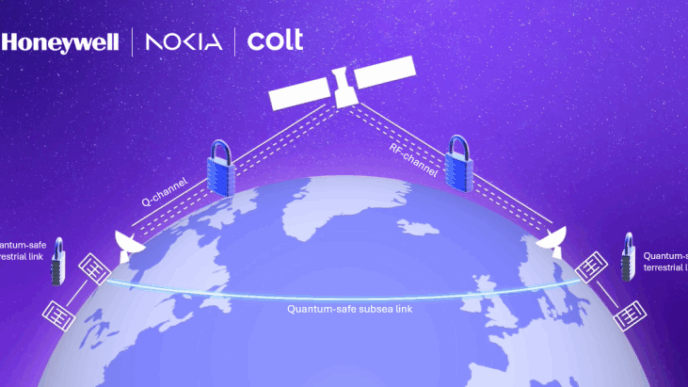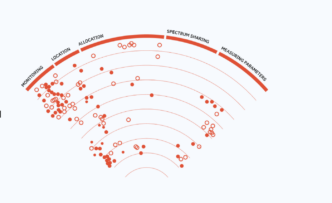The European Space Agency (ESA) has released a forward-looking white paper highlighting how Artificial Intelligence (AI) is transforming both terrestrial (TN) and non-terrestrial networks (NTN). As 6G development accelerates, ESA calls for deeper integration of AI to enhance network performance, resiliency, and global reach.
Key Takeaways:
1. AI as a Core Enabler for 6G
AI is no longer a peripheral tool—it is set to become a foundational element in 6G networks. ESA forecasts AI-native architectures across RAN, core, and NTN components, driving automation, optimisation, and intelligent network behavior from the edge to space.
2. Terrestrial & Satellite Synergy
The convergence of terrestrial and satellite infrastructure will be critical to achieving global connectivity. AI will:
- Manage dynamic beamforming and mobility in LEO and GEO systems,
- Optimise energy usage,
- Improve link resilience in rapidly changing environments.
3. Network Intelligence from End to End
AI technologies like federated learning, generative AI, and predictive analytics are being applied across:
- Cloud RAN & Open RAN: enabling self-organising, multi-vendor networks;
- Core Networks: improving traffic management through NWDAF and LLM-based insights;
- Devices & Edge Nodes: supporting real-time inference and local adaptation.
4. Challenges: Privacy, Security, and Standards
The paper stresses the need for trustworthy and explainable AI, alongside mechanisms to address AI-driven threats such as adversarial attacks and model spoofing. ESA backs international standardisation efforts (3GPP, O-RAN, EU AI Act) to ensure secure and interoperable deployments.
5. Hardware for AI-Driven Networks
Emerging hardware—including neuromorphic chips, AI-ASICs, and CubeSats with onboard AI—is poised to support low-power, real-time decisions even in edge and orbital contexts.
